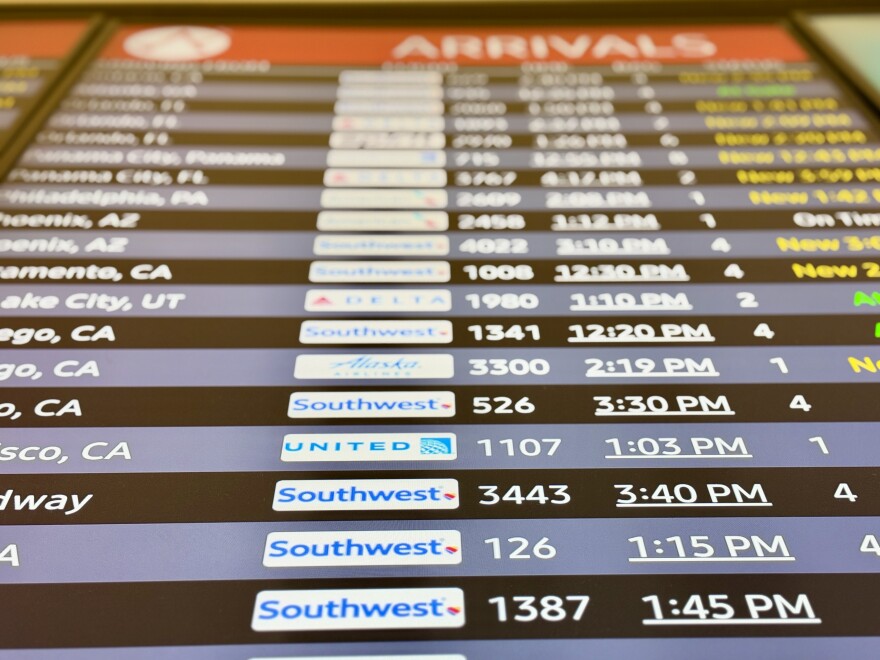At least four times during the government shutdown, the Federal Aviation Administration restricted the number of flights allowed to arrive in Austin to help the airport's chronically understaffed tower handle the incoming volumes. Some flights were delayed more than an hour. Now, the shutdown is over, but the risk of ground delays in Austin is not.
Austin-Bergstrom International Airport was never among the 40 airports ordered to cancel flights during the shutdown. The FAA is pausing those flight reductions at 6% instead of ramping them up to 10% Friday as planned, saying more air traffic controllers are showing up to work.
But anyone traveling from Austin through airports in cities like Dallas, Houston, New York, Los Angeles, Chicago, Denver or Boston still risks having their plans spoiled by the FAA's mandatory flight cuts.
Even after those cuts are lifted, Austin could see more ground delays with Thanksgiving around the corner.

That's because Austin's tower remains one of the most short-staffed air traffic control facilities in the country, with only about one fully certified controller for every two required under staffing targets set by the air traffic controllers' union and the FAA.
Controllers at the airport have been working mandatory six-day weeks at least since 2023.
Now, those controllers are waiting on weeks of back pay from the longest government shutdown in U.S. history while trying to stabilize a system that hasn't had a chance to catch its breath.
"Austin is experiencing something very similar to what it has been experiencing a month ago, six months ago, a year ago. They start understaffed," said union representative John Bratcher with the National Air Traffic Controllers Association.
"If you lose one or two bodies ... you find yourself in a critical staffing situation," he said. "You're seeing a fragile, stressed out system."
Bratcher said Austin's controllers "have done a lot with very little" and remain a tight-knit group that works hard to keep planes moving. But he said morale has taken a hit.
"When you get a second zero-dollar paycheck, it's demoralizing," he said.

Airlines will bounce back quickly once the FAA lifts mandatory flight cancellations, said Chad Kendall, a former commercial airline pilot who now teaches aviation at Metropolitan State University of Denver. But restoring operations at the Transportation Security Administration and air traffic control will take longer.
"This is going to have a ripple effect for a very long time," Kendall said. "It's going to start first with those looking to enter the industry ... seeing the possibility of not receiving a paycheck for an extended period of time if the government ever shuts down again."
Inside Austin's control tower, the shutdown has left controllers frustrated and fatigued with the risk of more staffing issues through the holidays.
"It's not unsafe because controllers know the capacity they can handle," Bratcher said. "The only way we can address risk is by slowing the system down, reducing capacity, because we're not going to sacrifice safety."









